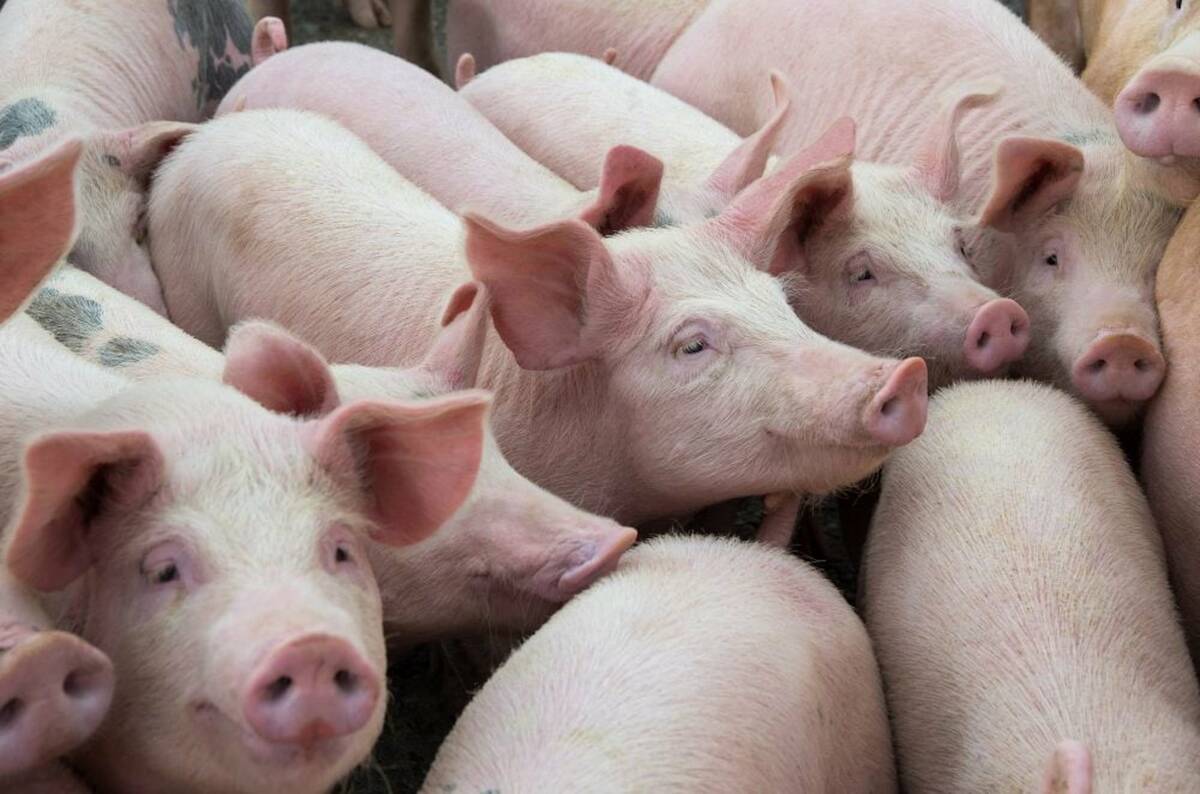Chicago | Reuters — U.S. wheat futures hit their highest in more than two months on Wednesday on fears of an escalation in the Ukraine war that has disrupted crucial Black Sea grain exports, but pared gains as worries about the health of the global economy pressured the wider commodities sector.
Corn and soybean futures turned lower and the U.S. dollar set a fresh 20-year high as the Federal Reserve raised interest rates by another 75 basis points, as expected, and signalled more large increases in its battle to contain inflation. A stronger dollar tends to make U.S. grains less competitive globally.
Read Also

U.S. livestock: Hogs rise ahead of ‘Hogs and Pigs’ report
Chicago cattle futures continued to inch upward on Monday. Hogs also rose in anticipation of Tuesday’s Hogs and Pigs report….
Chicago Board of Trade December wheat settled up 10 cents at $9.03-3/4 per bushel after reaching $9.19-1/2, its highest since July 11 (all figures US$).
Grain futures rose in early moves after Russia’s President Vladimir Putin ordered a mobilization to fight in Ukraine and backed a plan to annex parts of the country, hinting he was prepared to use nuclear weapons.
“Geopolitical tensions are back in the Black Sea basin, with Putin’s comments leading to fears of a new escalation in the conflict, resulting in risk premiums,” consultancy Agritel said.
But corn and soy faded, and equity markets churned as traders weighed how a recession might hurt demand for goods. Wall Street’s main indexes slumped in late trade after the Fed’s rate hike, and crude oil futures ended lower following a volatile session.
CBOT December corn ended down 6-1/2 cents at $6.85-1/2 a bushel and November soybeans fell 17-1/2 cents to settle at $14.61-1/4 a bushel.
“Most of the ags are in negative territory on the recession trade, while wheat is again posting gains following its early-morning dip as traders worry about Ukraine risks,” StoneX chief commodities economist Arlan Suderman wrote in a client note.
At the end of a two-day meeting, the Fed raised its target interest rate to a range of three to 3.25 per cent — the highest level since 2008 — and new projections showed the policy rate rising by the end of this year before topping out at 4.5 to 4.75 per cent in 2023.
Meanwhile, the start of the U.S. corn and soybean harvest added seasonal pressure in those markets. The U.S. Department of Agriculture this week said farmers had cut seven per cent of the U.S. corn crop and three per cent of the soybean crop.
— Reporting for Reuters by Julie Ingwersen in Chicago; additional reporting by Gus Trompiz in Paris and Enrico Dela Cruz in Manila.














